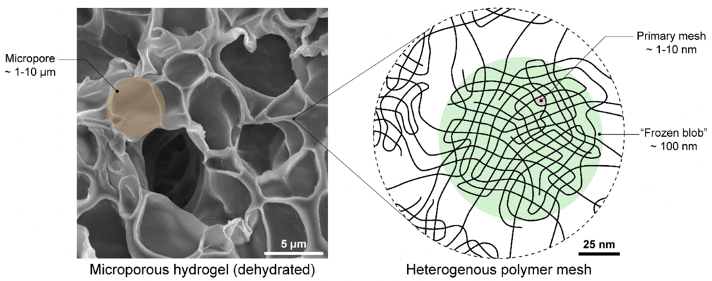This project will contribute to the development of advanced materials for the treatment of non-healing bone defects. Numerical models based on controlled experiments will guide the material development.
The overall aim is to develop a novel, advanced biomimetic material with tailored nanoscale functional ingredients to direct stem cell migration, differentiation, biomineralization and ultimately results in bone remodelling. This project is a collaboration with the Department of biomaterials where several PhDs have already developed the basic mineralized hydrogel. The goal of this project is to model the physical, chemical and biological processes to aid a rational material development. This will be achieved by in vitro microfluidic experiments monitored with time lapse live cell imaging and compared with numerical simulation. The MSc student can choose to focus either on the modeling or on the experiments.
This project will focus on the effect of calcium phosphates (CaP) and external mechanical cues on stem cell migration and differentiation. It is much debated whether calcium and phosphate concentrations much higher or lower than physiological concentrations would drive stem cells into osteogenic lineage.
Our proposed experiments with full control of mineral phases and fluid compositions together with numerical modelling has the potential to resolve this. The CaP transformation kinetics and spatial distribution will be predicted by reaction-diffusion modelling with mineral phase equilibria solvers and available data of dissolution/growth kinetics. Gel stiffness and hydrostatic pressure variations are well known to affect the migration and differentiation of stem cells, but the mechanisms are largely unknown. In vivo live cell fluorescence imaging integrated with modelling of signalling networks will cast light on these mechanisms.
Co-supervisor in Biomaterials: Hanna Tiainen, hanna.tiainen@odont.uio.no

